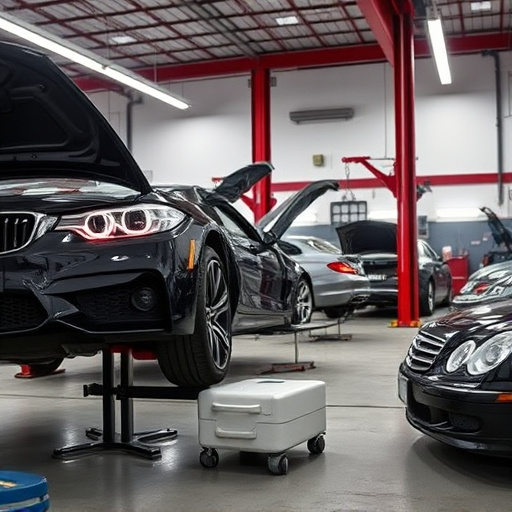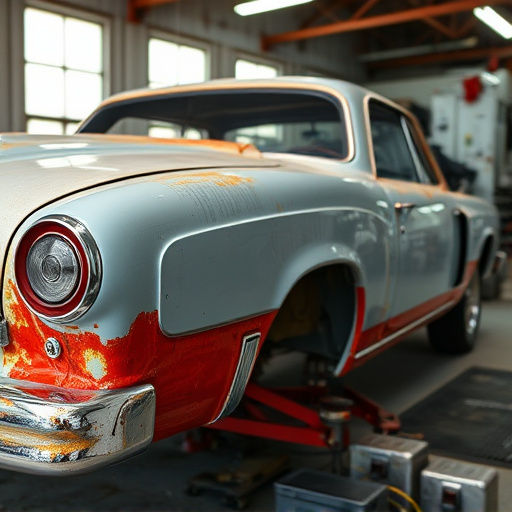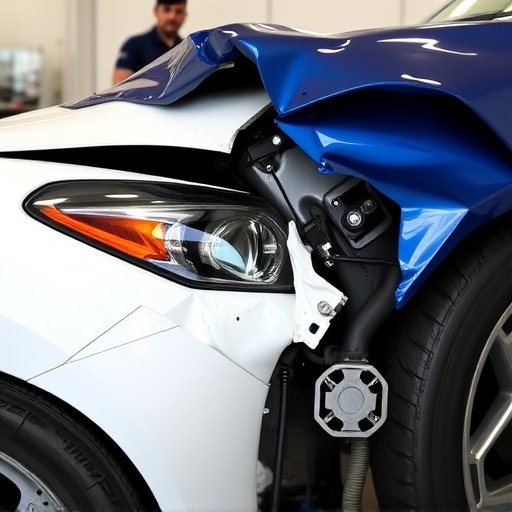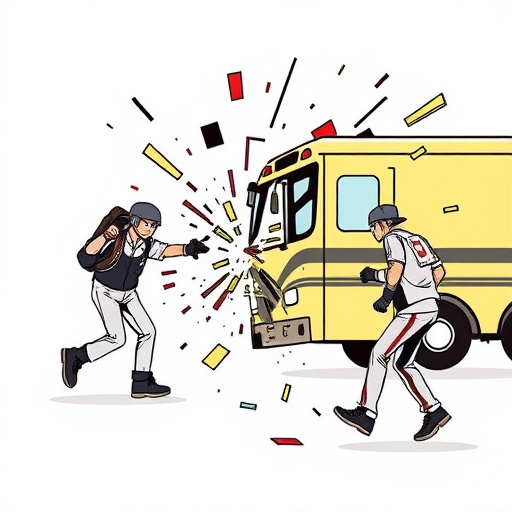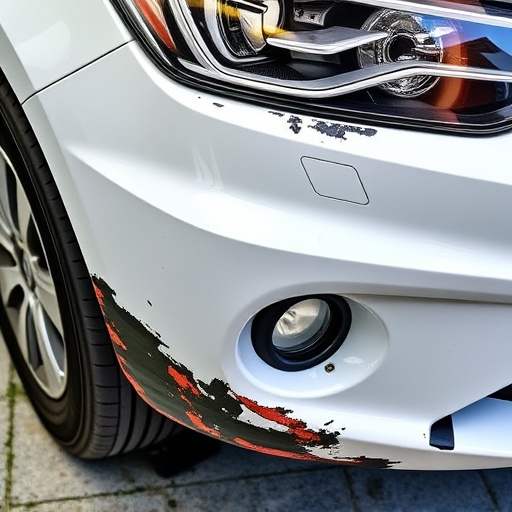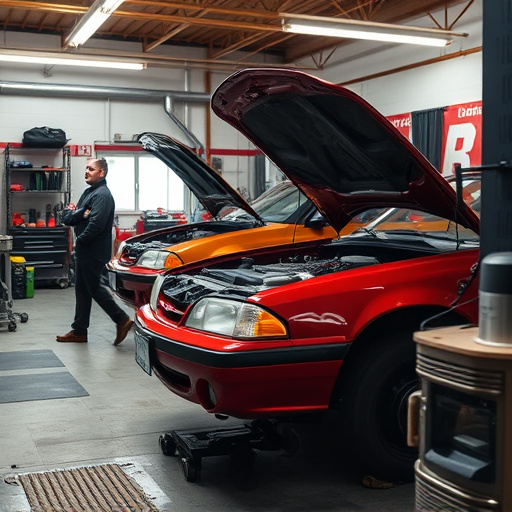Unresponsive Teslas touchscreens impact driving experience. DIY troubleshooting helps minor issues, but complex problems like software glitches or hardware failures need professional repair shops with specialized tools and parts. This guide provides step-by-step Tesla touchscreen replacement instructions. Post-replacement, system reset, regular maintenance, and timely auto glass repair ensure optimal vehicle performance.
Struggling with an unresponsive Tesla touchscreen? This comprehensive guide is your solution. We break down the common issues, provide step-by-step instructions for a successful Tesla touchscreen replacement, and offer tips for ensuring optimal performance afterward. Whether you’re a DIY enthusiast or seeking professional help, this article equips you to tackle and resolve those frustrating display problems. Learn how to get your Tesla’s interface back in working order today with our expert advice on Tesla touchscreen replacement.
- Understanding Unresponsive Tesla Touchscreens
- Steps for Tesla Touchscreen Replacement
- Ensuring Optimal Performance After Repair
Understanding Unresponsive Tesla Touchscreens
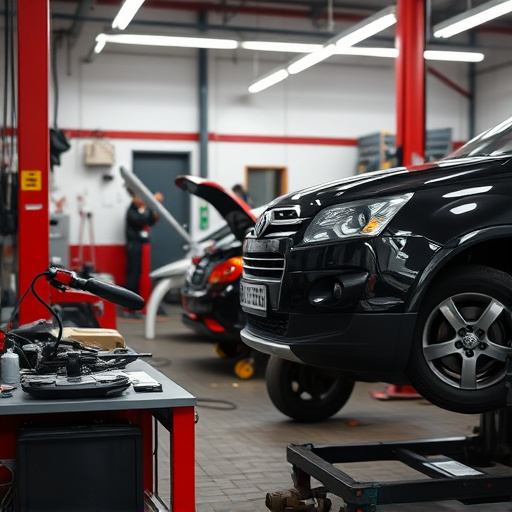
Unresponsive Tesla touchscreens can be a frustrating issue for vehicle owners. These advanced interfaces are integral to modern driving experiences, offering easy access to navigation, media controls, and vehicle settings. When they stop responding, it can significantly impact the overall driving experience. Common causes range from software glitches to hardware failures, such as damaged cables or faulty components within the touchscreen module.
Many Tesla owners might consider a DIY approach for simple troubleshooting steps, but complex issues often require professional intervention. A qualified auto body repair or collision repair shop with expertise in Tesla models can diagnose and address these problems effectively. They have the specialized tools and replacement parts necessary to perform a Tesla touchscreen replacement, ensuring your vehicle returns to its optimal functioning state promptly.
Steps for Tesla Touchscreen Replacement
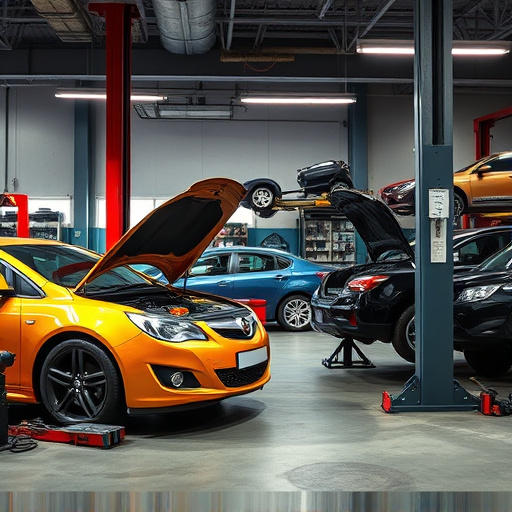
Replacing a Tesla’s unresponsive touchscreen involves several precise steps to ensure a successful fix and minimal disruption to your vehicle. First, gather all necessary tools, including a new replacement touchscreen, screwsdrivers compatible with your Tesla model, and potentially a heat gun for safe removal of adhesive. Park your Tesla on a level surface and engage park assist to secure the vehicle. Using the appropriate screwdriver, carefully remove the panel around the touchscreen, taking note of how it’s secured. Once exposed, disconnect the wires and cables meticulously, labeling each connection for easy reassembly.
With the old touchscreen removed, install the new one by reconnecting the cables and securing them in place. Ensure all connections are firm and correct. Reattach the panel around the display, using screws and any required adhesive, following the manufacturer’s instructions precisely. Test the functionality of the touchscreen immediately after installation to verify proper operation before considering your Tesla touchscreen replacement complete. For best results, consider seeking assistance from a qualified vehicle body shop or fleet repair service with expertise in Tesla models.
Ensuring Optimal Performance After Repair
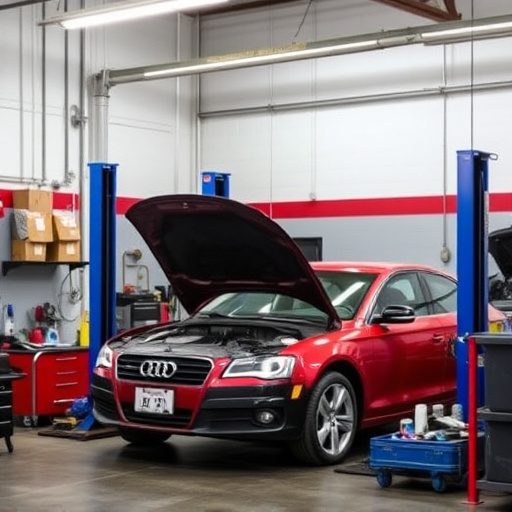
After successfully replacing a Tesla’s unresponsive touchscreen, ensuring optimal performance is crucial to enhance your driving experience. The first step involves allowing the system to reset and recalibrate itself after the repair. This process often includes updating software and re-establishing connections between the touchscreen and other vehicle components. It’s recommended to let the car run for a while with the new screen to ensure all functions operate smoothly.
Regular maintenance checks are also vital. Keeping your Tesla’s software up-to-date can improve responsiveness and fix any potential issues that may arise post-replacement. Additionally, like with any auto repair near me or vehicle service, it’s essential to follow manufacturer guidelines for care and maintenance. This includes timely auto glass repair, especially if the original issue was screen-related, as well as addressing other common car problems like dent repairs to prevent future disruptions in your vehicle’s performance.
If your Tesla’s touchscreen is experiencing unresponsive issues, it’s time to consider a replacement. The process involves careful disassembly and reassembly, but with the right tools and guidance, it can be accomplished efficiently. After securing a high-quality Tesla touchscreen replacement, follow up with proper calibration and system updates for optimal performance. Remember, addressing these issues promptly ensures a seamless driving experience, keeping you connected and in control while on the road.
